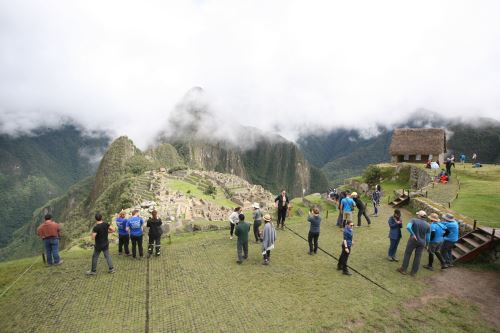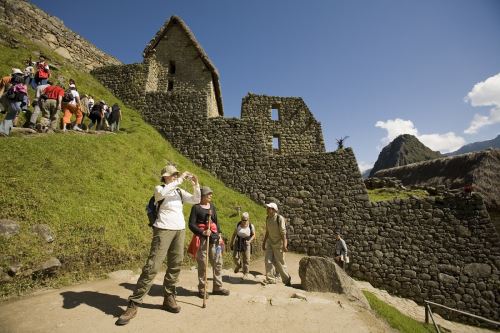14:13 | Cusco (Cusco region), Aug. 7.
The
Inca citadel of Machu Picchu, located in Urubamba province (Cusco region), will undergo a new carrying capacity study in 2026, which will prioritize the preservation and conservation of the world wonder’s archaeological remains during tourist visits and tours.
"The main criterion will be scientific — there will be no other pillar but conservation for the development of the carrying capacity study," the official explained.
The director added that the document will involve the private sector, universities, and civil society.
"It will be unprecedented and participatory," he said.
"Responsibility is clearly defined by the legal framework of each institution. The stage we are currently in is the signing of an agreement that will define the framework and scope of action," Rosas del Portal emphasized.
"After the agreement is finalized, we will move on to the administrative stage of the process. Once that stage is completed —which will obviously include a market study and identifying those interested in carrying out the new carrying capacity study— there will be a six-month period to complete the study," he clarified.
Currently, the carrying capacity, or visitor limit, is dynamic. This means that the Inca citadel of Machu Picchu receives 5,600 visitors during peak tourist season and about 1,000 fewer during the low season.
On certain dates, the number of visitors increased, leading to long lines to enter the llaqta.

Study to begin in September
Its implementation will allow for an assessment of whether the visitor capacity to the site can be modified, she noted.
The high-ranking official specified that the study will begin in September and conclude in February of next year.
"It is a multidisciplinary study that will review the routes we have implemented since last year," the deputy minister indicated.
The results must be submitted to UNESCO, the organization that lists Machu Picchu as a World Cultural Heritage Site.

The llaqta will be preserved
"This study will preserve the llaqta, which is the most important aspect, beyond visitor limits or tourism promotion. We cannot say yet whether the number will increase; it could go up to 5,940 visits," he concluded, referring to a study conducted more than 10 years ago that estimated said figure.
(END) PHS/MAO/MVB
Published: 8/7/2025